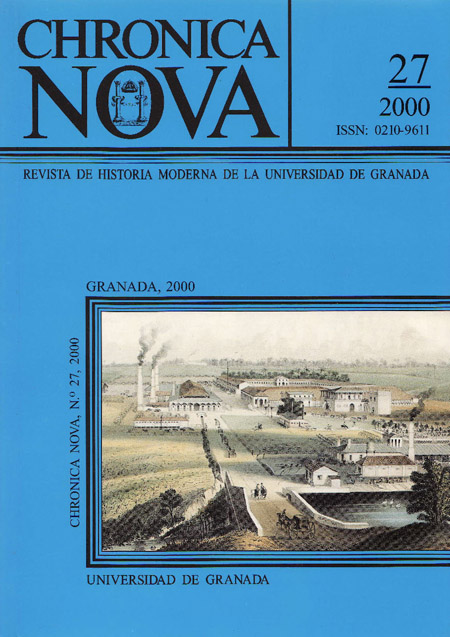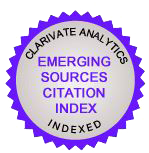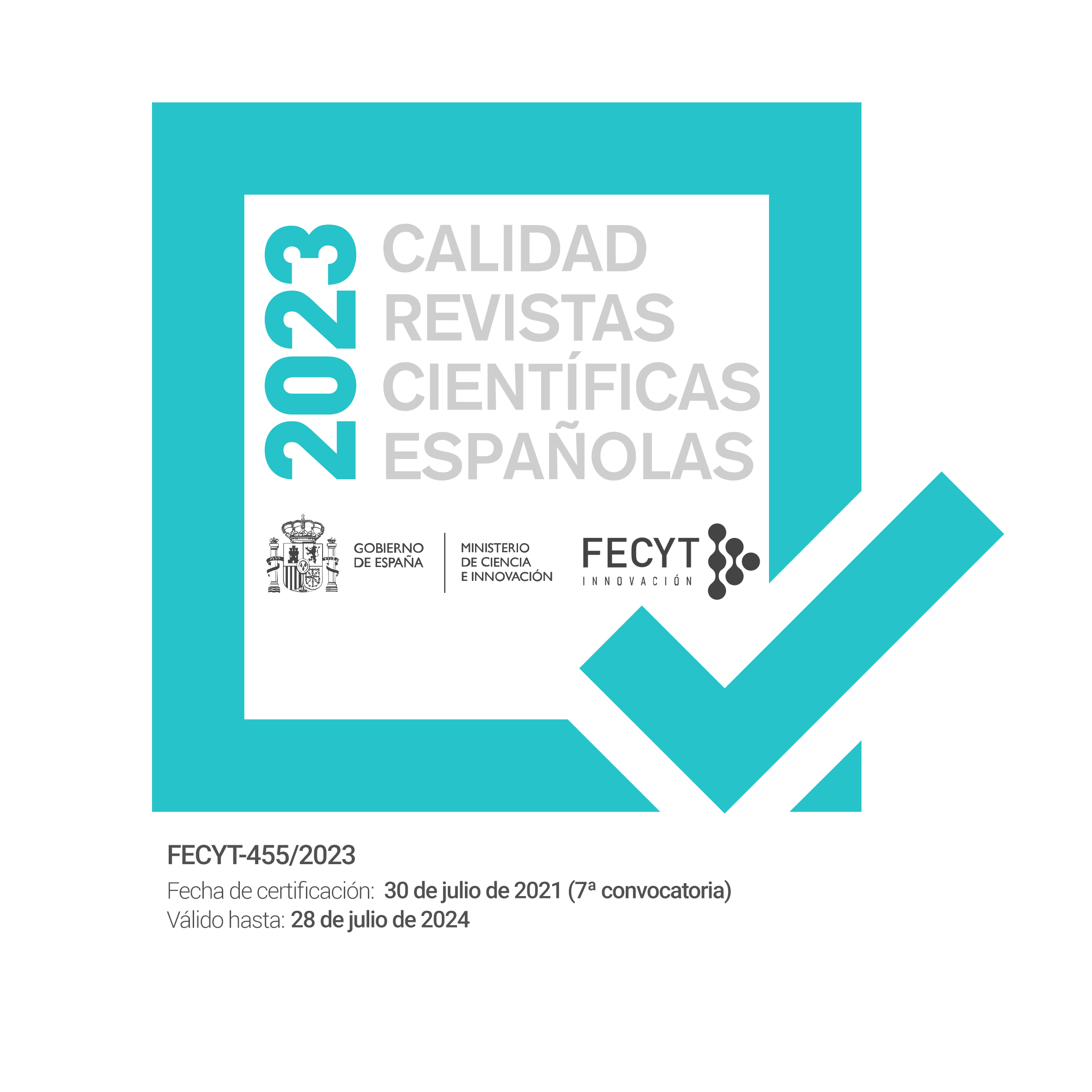“Va el lobo”. Aproximación histórica al depredador en la tierra de Baza en la Alta Edad Moderna
DOI :
https://doi.org/10.30827/cn.v0i27.2042Mots-clés :
Lobo, Ecología, Baza, Repoblación, CazaRésumé
Va o viene el lobo era la frase de alarma de pastores y guardianes de los rebaños ante la aparición inesperada de los vigilantes concejiles en situaciones de manifiesta ilegalidad. Se analiza la trayectoria histórica del depredador en la tierra de Baza durante la Alta Edad Moderna, temática casi inédita dentro de la historiografía española. El soporte documental son las Actas de cabildo y los libros de Propios del concejo de Baza, con el que, se ha construido un balance de las capturas recompensadas de lobos y lobeznos. Asimismo se ha estudiado la actuación municipal de exterminio del depredador: las recompensas y sus alzas, política propia, nombramiento de un regidor como “comisario de matanza”, etc., a más de analizar el papel jugado por la Mesta local, muy interesada en la aniquilación del cánido. Además, se analiza a los loberos, su grado de especialización, su procedencia geográfica, sus métodos de caza... Se ha intentado una estimación de la población lobuna, que a su vez, es un barómetro de la situación de la humana. La edad dorada de los loberos (época de más capturas) se sitúa entre 1580 y 1616, periodo por excelencia, de la Repoblación, concluyendo que el peligro y amenaza del lobo fue un obstáculo más a la política de estado de Felipe II con respecto a la tierra de Baza, en el oriente del antiguo Reino de Granada.Téléchargements
Téléchargements
Comment citer
Numéro
Rubrique
Licence
Nuestra revista se atiene a las recomendaciones para la implementación del Artículo 37 Difusión en Acceso Abierto de la Ley de la Ciencia, la Tecnología y la Innovación:
- Los/as autores/as cuyas contribuciones sean aceptadas para su publicación en esta revista conservarán el derecho no exclusivo de utilizar sus contribuciones con fines académicos, de investigación y educativos, incluyendo el auto-archivo o depósito de los artículos aceptados en repositorios institucionales o temáticos de acceso abierto de cualquier tipo en un plazo máximo de seis meses.
- Preferiblemente se permitirá el uso de la versión publicada de las contribuciones científicas, que estarán accesibles en abierto tan pronto como sea posible.
-
Que en caso de que el trabajo sea aprobado para su publicación, el/la autor/a autoriza de manera ilimitada en el tiempo a la entidad editora para que incluya dicho texto en Chronica Nova y pueda reproducirlo, editarlo, distribuirlo, exhibirlo y comunicarlo en el país y en el extranjero por medios impresos, electrónicos, CD, Internet o cualquier otro medio conocido o por conocer.






 ISSN-e: 2445-1908
ISSN-e: 2445-1908










